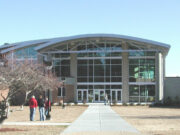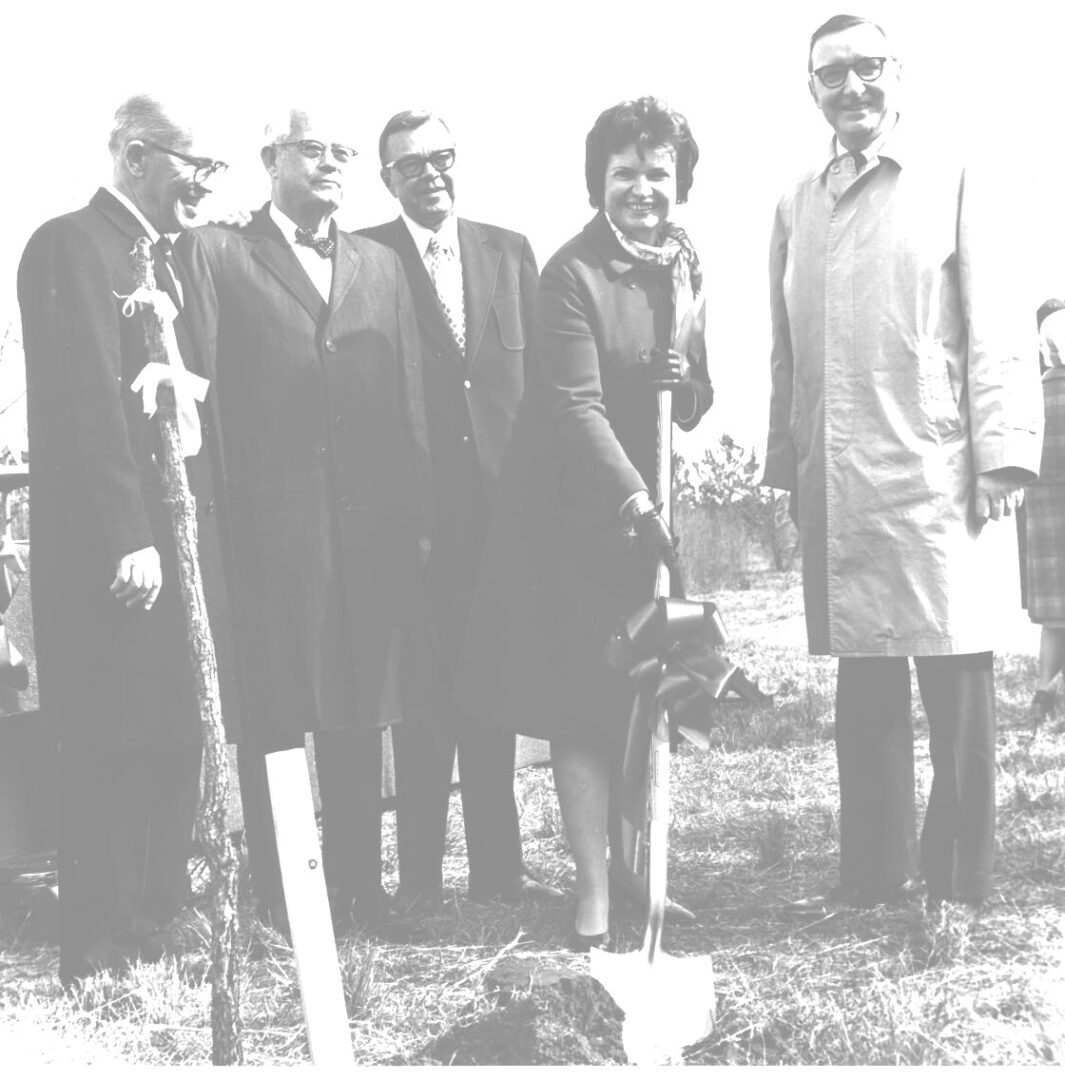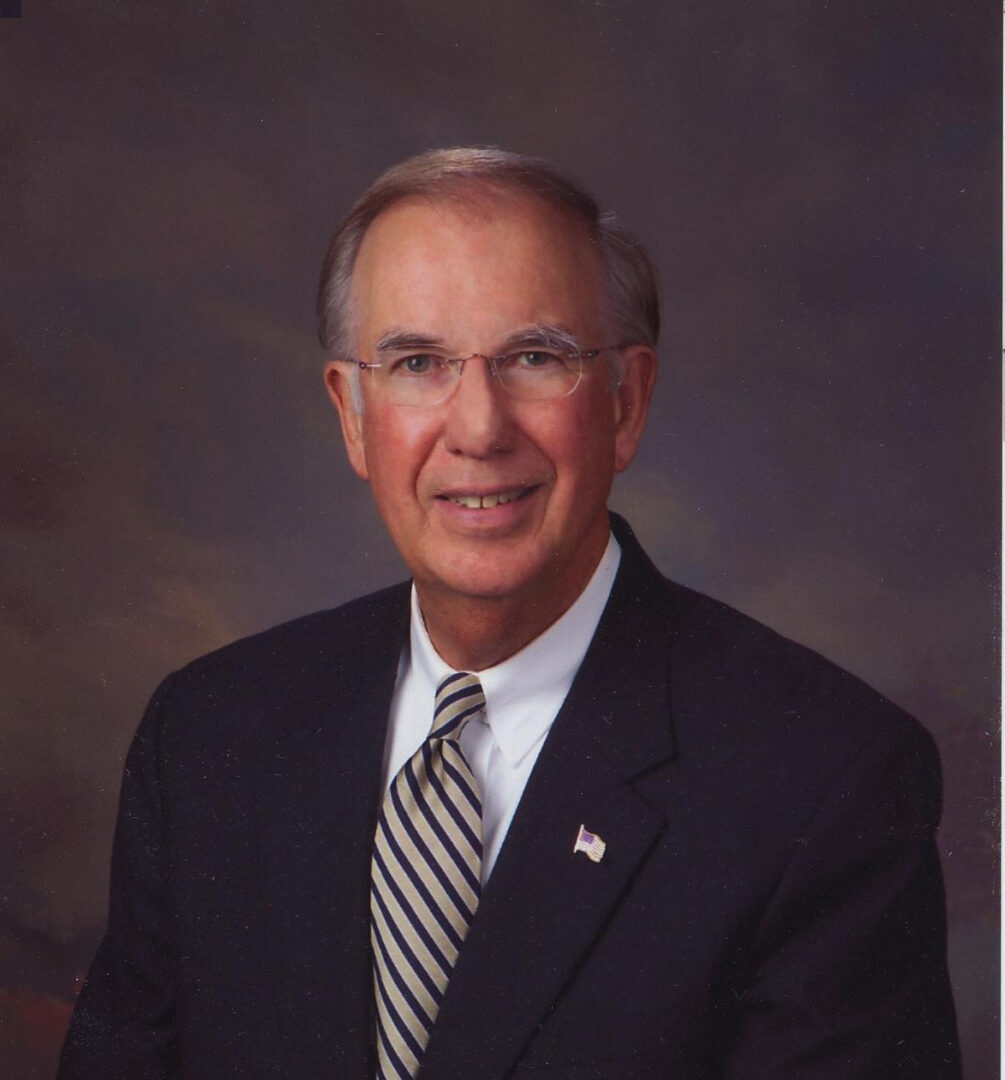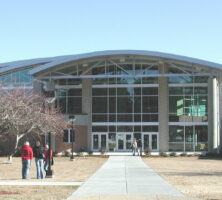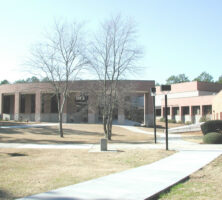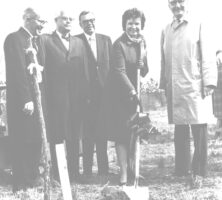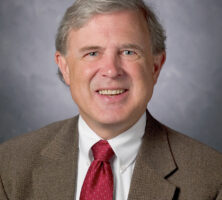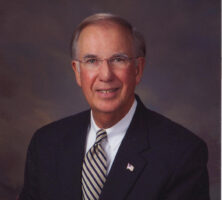Located on a wooded 227-acre campus in Swainsboro, East Georgia State College is a unit of the University System of Georgia. Situated approximately seventy miles from Augusta, ninety miles from Savannah, and ninety miles from Macon, the college serves a predominantly rural area of eighteen counties in Georgia’s coastal plain. The college enrolled 3,435 students in fall 2011.
History
As early as 1956, community leaders in Emanuel County and Swainsboro urged the state to establish a two-year college in the area. Committees were formed in 1956 and in 1965, and lobbying efforts at the state level were undertaken, but without immediate results. In December 1969, the Board of Regents of the University System of Georgia authorized a study to determine the need for additional two-year colleges in the state. A year later, six possible sites, including the Swainsboro–Emanuel County area, were approved with the stipulation that the county of each prospective site provide the land or property for a campus site, as well as the funds for constructing and furnishing the initial physical plant.
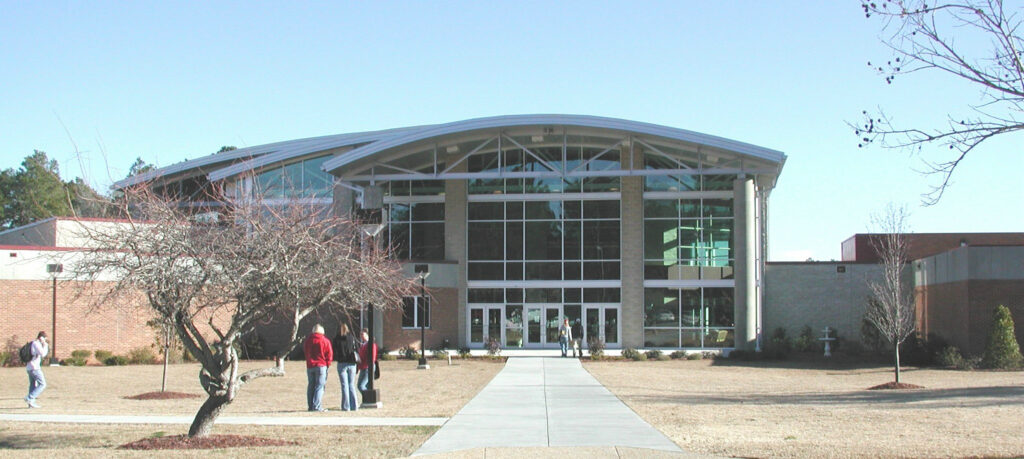
Courtesy of East Georgia State College
In September 1971 the citizens of Emanuel County voted for a bond issue of $2.1 million to underwrite the cost of a new college. The Emanuel County Board of Education, representing the citizens of the county and working with the local college committee, also provided a wooded site of 207 acres (190 acres of which were donated by Luck Flanders Gambrell) within the city limits of Swainsboro. Having met the Regents’ requirements, the project rapidly moved ahead. In December 1971 the Board of Regents gave final approval for the campus site and named the new college Emanuel County Junior College. George L. Smith II, the speaker of the Georgia House of Representatives, played a significant role in the inception of the college.
In January 1972 George W. Walker, the vice president of West Georgia College (later the University of West Georgia), was appointed president of the new college, effective on June 1, 1972. Temporary offices opened on this same date in the Coleman Hotel Building in Swainsboro. Campus construction began in December 1972 and proceeded slowly; therefore, when the college hosted its charter class of 167 students for fall quarter 1973, it did so in temporary quarters. The new campus was not completed until the beginning of the 1974-75 academic year.
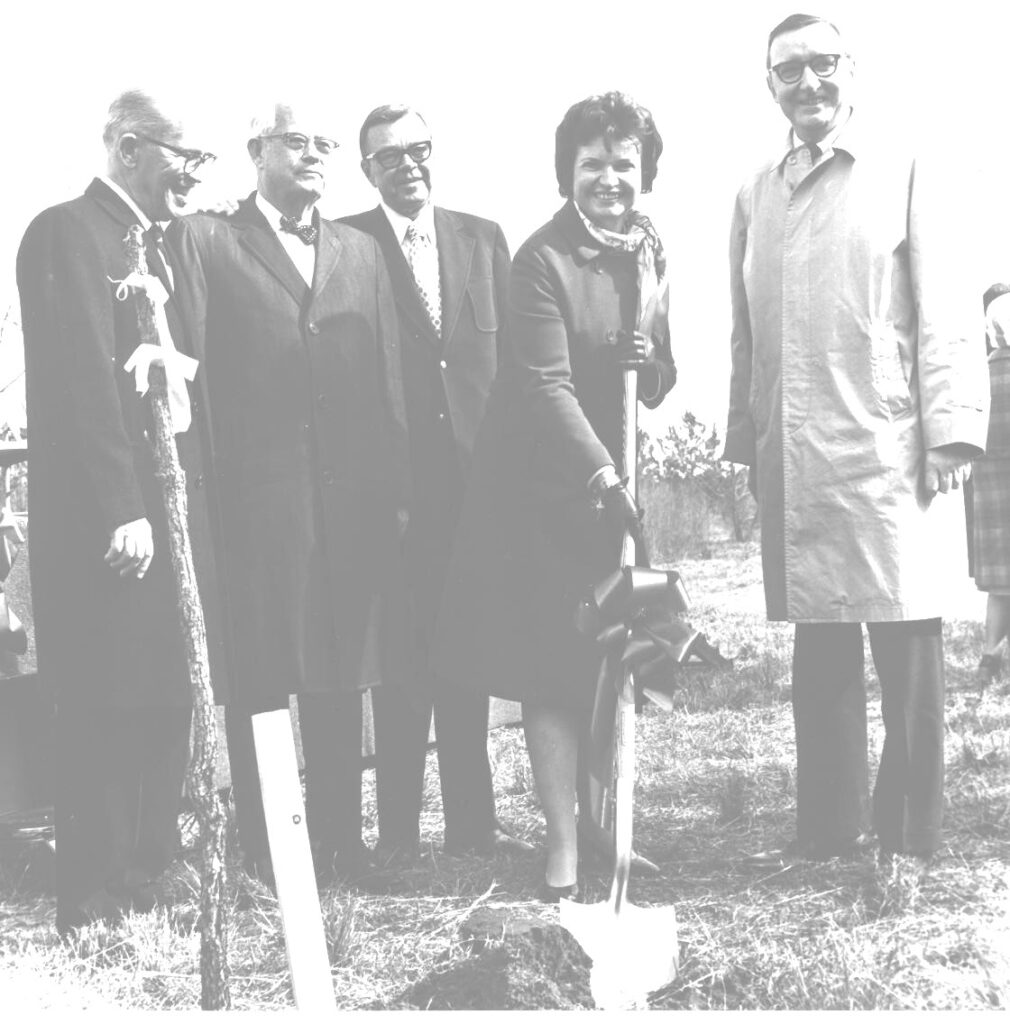
Courtesy of East Georgia State College
Since 1974 the original campus has expanded to include the Luck Flanders Gambrell Center, which contains the college library, additional classrooms, a 480-seat auditorium, and administrative offices; a student activity center featuring a gymnasium, an art classroom and studio, and additional offices and classrooms; a ceramic studio and kiln; a greenhouse; a nature trail; a lake; athletic fields; and numerous other renovations and upgrades to classrooms and science laboratories. In 2001 the campus acquired twenty additional acres adjacent to the campus as a part of the development for the Pathway Technology Park. Instructional and communications technology continues to transform teaching and learning at East Georgia State College.
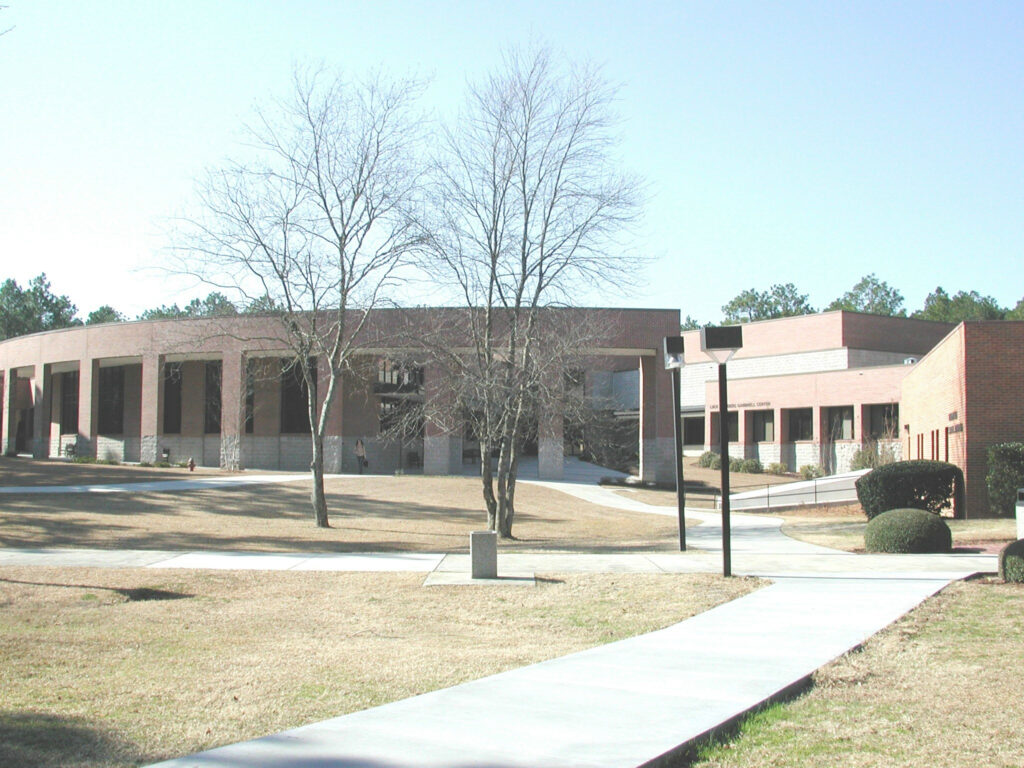
Courtesy of East Georgia State College
In 1987 the University System of Georgia mandated that the term “junior” be deleted from the names of its two-year institutions, and in 1988 Emanuel County Junior College became East Georgia College. In 2012 the name changed to East Georgia State College, reflecting the school’s transition from a two-year to a four-year institution.
President Walker retired in 1976, and he has been followed by Willie D. Gunn (1976-93), Jeremiah J. Ashcroft (1993-2002), interim president J. Foster Watkins (2002-4), John B. Black (2004-2011), and Robert G. Boehmer (2012-).
Scope and Mission
Enrollment has grown steadily at East Georgia and, in addition to the offerings on its main Swainsboro campus, the college also offers courses online and at its satellite campus in Statesboro.
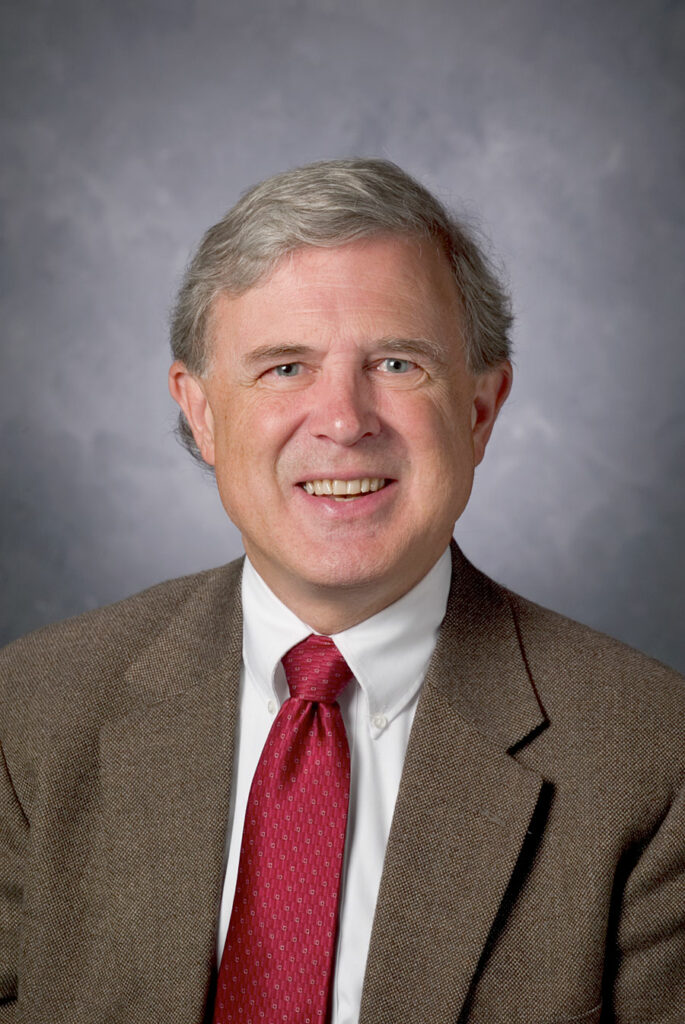
The Division of Continuing Education/Lifelong Education offers a wide range of community-interest noncredit courses. Long recognized for its proactive involvement in regional economic development activities, the college was selected as the first University System–funded Georgia Rural Economic Development Center. The college also houses the Magnolia Midlands office of the Georgia Youth Science and Technology Center, a science education resource for area school systems.


